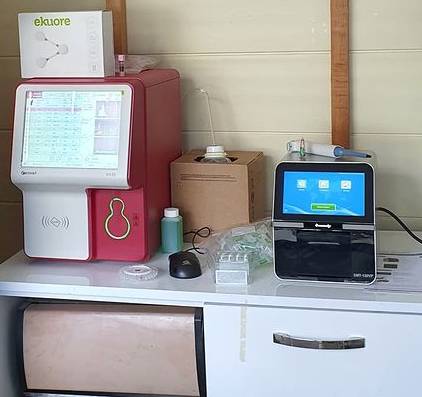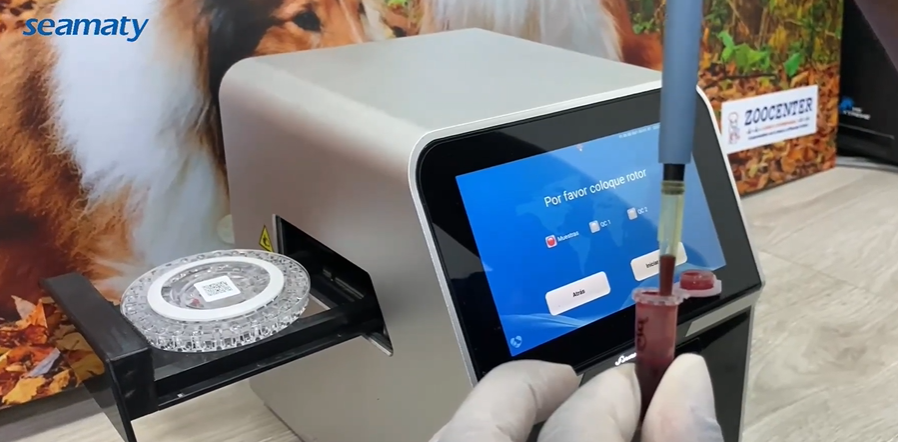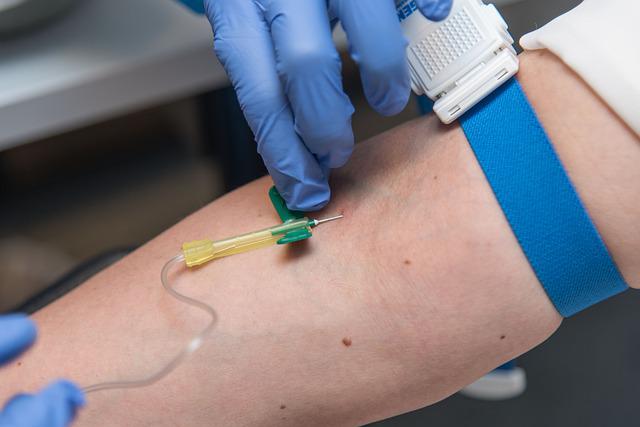release time:2022-06-24 11:28:48

Many veterinary chemistry analyzers are present in today’s market, but the best and most cost-effective among all others is the Seamaty SMT120VP.
• No pre-processing of the sample is required while using SMT120VP. Because it is so simple to operate, it does not need specially trained personnel, and anyone is able to run it successfully.
• To guarantee that the analysis is accurate, it is best to use a photoelectric colorimetric principle with a built-in quality assurance system that operates in real-time.
• It is a real-time test, and you might see the test report in only 12 minutes (as discussed above), which significantly reduces the number of times patients are required to wait.
• It is completely automated, and it has online problem diagnosis and updating capabilities, both of which will assist you in understanding the operation of the apparatus in real-time.
• The compact and lightweight nature of the analyzer will help you make better use of the space in your laboratory and make it possible to conduct patient testing outside of the lab.
• Since there are no parts that are prone to wear and tear, like a liquid circuit or pump valve, for example, and because a single reagent tray serves as a full set, there is no need to clean or maintain the device.

2022-06-21
There are many vet biochemical analyzers present in today’s market. One of the best among all is the Idexx Biochemical Analyzers. But Seamaty SMT-120VP chemistry analyzers are also considered good and reliable.

2022-03-16
The blood taken for biochemistry cannot be used for routine blood tests, coagulation, tumour indicators, hepatitis B or HIV. For these items, a separate blood draw is required

2021-09-08
Dry chemistry refers to the method of chemical reactions used to carry out the test requires very little water. For example, urine testing is now done with dry test strips and instruments. In the past, reagents were used to react with urine in a test tube. This method is called "dry chemistry".